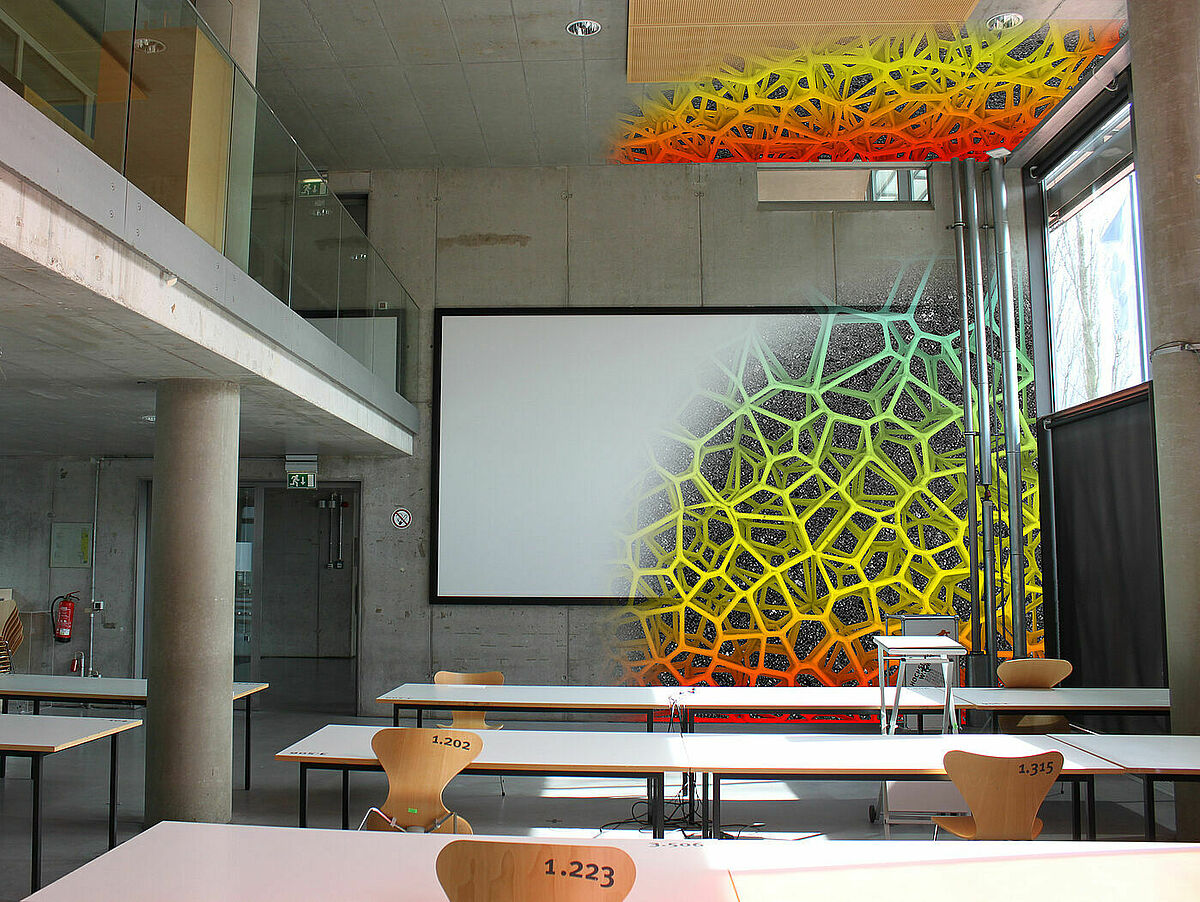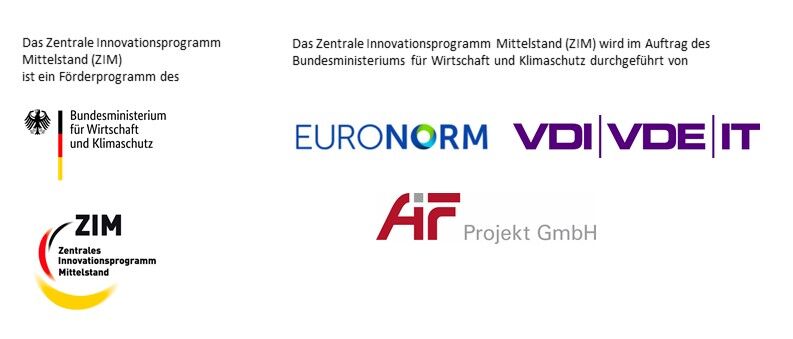In particular, in new buildings with large window areas, and also in the modernisation of existing buildings, these materials are already being added to building materials to enhance thermal performance in summer. The storage capacity of a building component is increased by the PCM components undergoing a phase change from solid to liquid and absorbing energy in the process. This makes it possible to store surplus energy from renewable energy sources in the building structure for a short time, even during heating. At the same time, the positive effects of PCM on building physics lead to lower mechanical strengths.
The aim of this project is to structure the energy storage capacity of concrete components by spatially rearranging the PCM particles in the component according to the respective requirements in such a way that load-bearing and storage-capable areas can be created. Using digital methods, these are optimised and then implemented with an additive manufacturing process.

